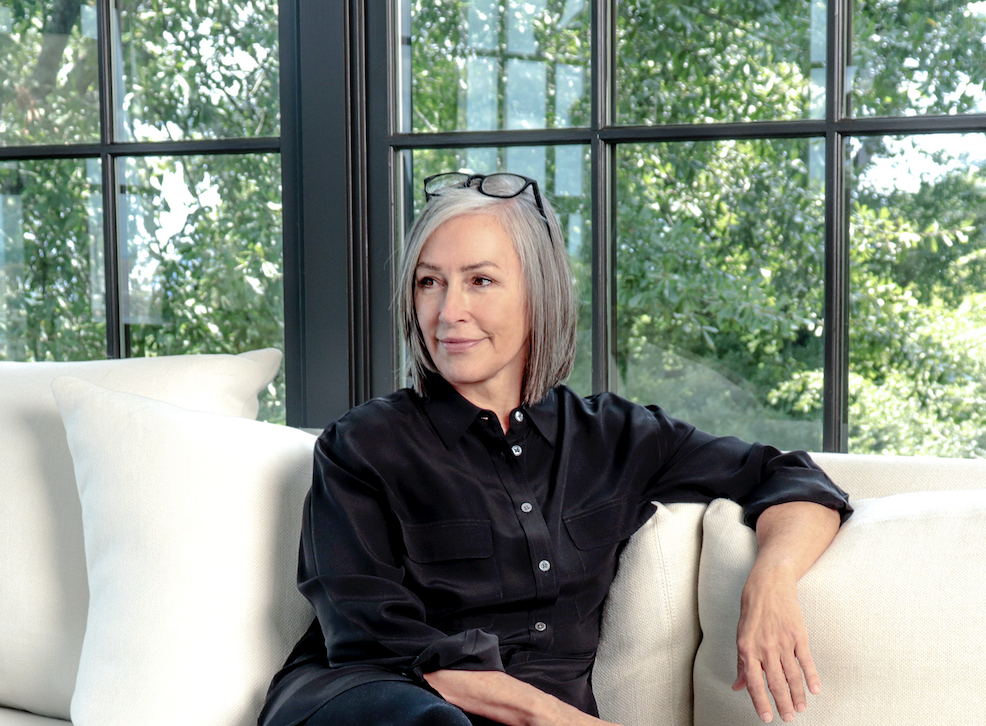Interior Design Icon - Betsy Brown
Interview with Lindsay Field Penticuff DSA
Betsy Brown, who started her own business 40 years ago this year, says being an interior designer for more than four decades has greatly benefited her work.
"I have a really long view of this business that a lot of people don't have- how taste changes, how influences change, and how technology changes," she says. "There's just so much that influences the trajectory of your work over a period this long."
Brown grew up in Birmingham, Alabama, the daughter of an antiques dealer who just happen to also be obsessed with design.
"I have no idea how my mother's interest began, but growing up, she was constantly redoing our house, especially our living room. The main areas were always in flux," Brown recalls. "And I know now how much that frustrated her. We couldn't have parties, because the living room was not together."
But it felt normal to Brown and helped spark her interest in interior design. After high school, she attended Auburn University in Alabama, where she studied interior design. Then, she went to work for Jane Hoke at Hawkins-Israel Co. in Birmingham. Hoke's grandfather started the longtime family business in the 1920s, and it was a starting point for many artisans in the area - upholsters, drapery companies, and painters.
In 1982, Brown launched Betty Brown Inc. in Birmingham, opening a home office not far from where her then school-aged children were attending grammar school. Since then, she and her team have been dedicated to creating, as she says, "a home that feels like home" for their clients.
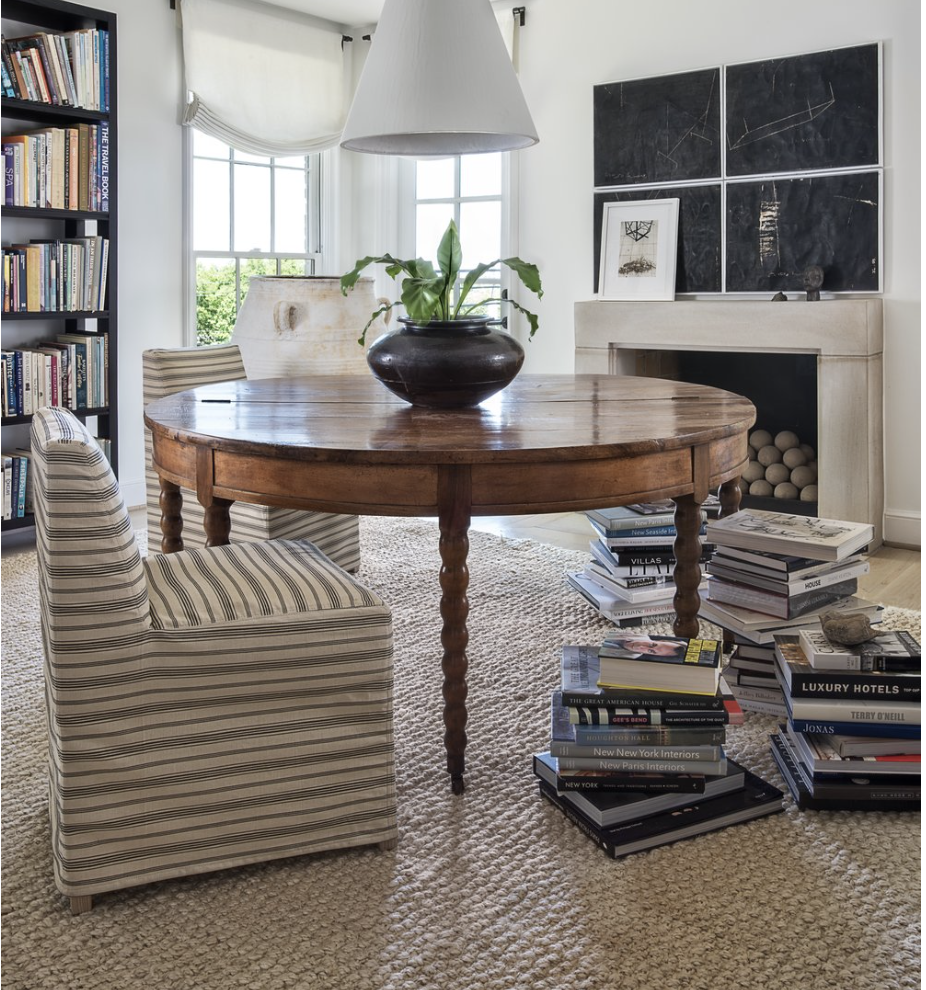
"It's really all about the client,” talking to them and hearing how they see their life moving in the new space and how it can change their life," Brown says. "You can see that they are visualizing themselves in a better place that helps progress their lives."
Once Brown's team has heard a client's goal, they will work closely with an architect, as a majority of their work is in new builds, to work on a floor plan and determine how many people need to be comfortable in a space once it's all done. Brown also likes to make sure a space has multiple activities in it.
"It feels really good when there's a game table, piano, desk, main seating, or pretty pair of chairs with an ottoman in between," she adds. "It's just much more interesting if it looks like there's a lot of things happening, even when there is nobody in the room."
"There is a lot that goes into a space, and the process can be long and involved," Brown says, but it is something she continues to enjoy” even after more than 40 years in the industry,” and she was happy to share more about her career in interior design in the Q&A below:
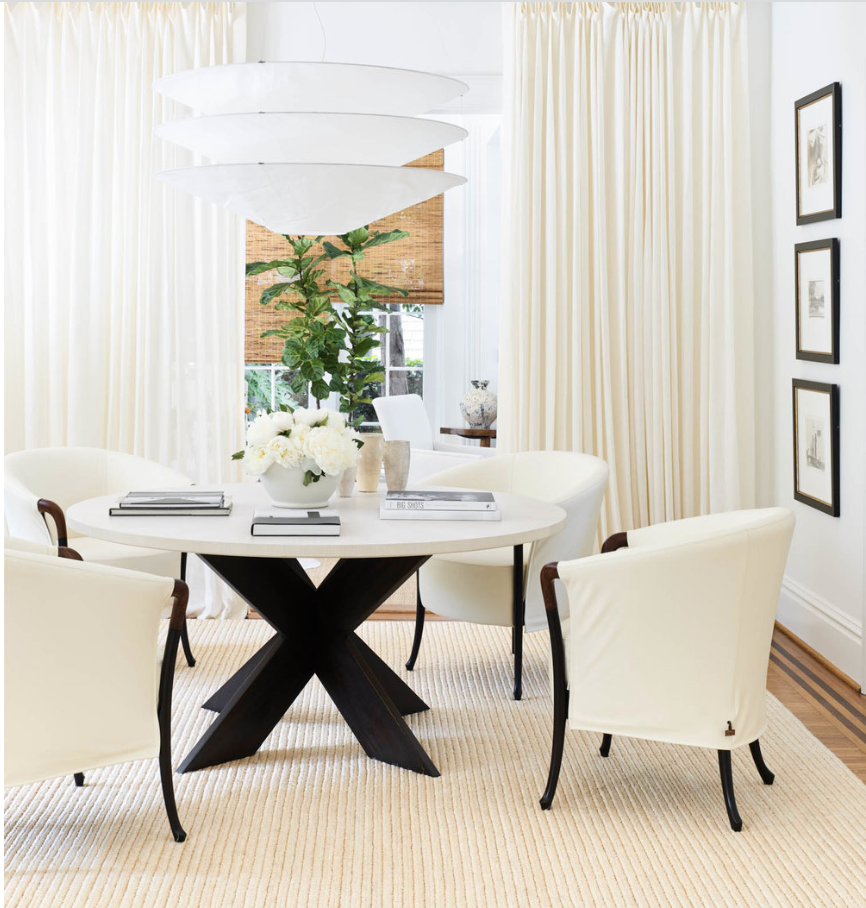
Who do you consider to be your role models or mentors?
"When I graduated, there were certain design icons that are not around anymore, Albert Hadley, Jean Michel Frank, and Billy Baldwin” then, there were some who were incredibly hot when I graduated, such as Michael Taylor and Angelo Donghia. I have very clear memories of certain details in rooms that they designed, and Angelo Donghia did these sort of Harlequin-painted floors and dark lacquered walls that were like dark green, dark navy, or black. It was a whole generation of creatives that were lost within a few years, and before they really knew what was happening."
"I keep going back to things that I learned from them, even though they never even met me. I'll see trends now that are happening now and realize it's so 1978, but it's still amazing. I really think learning from the past and remembering - reviewing images, and looking at things that really good designers did 40 years ago and longer - it's just amazing to me that their work still feels so current. I would hope that any one project I ever did might feel fresh still in 40 or 50 years. It just amazes me that their work still feels so good now."
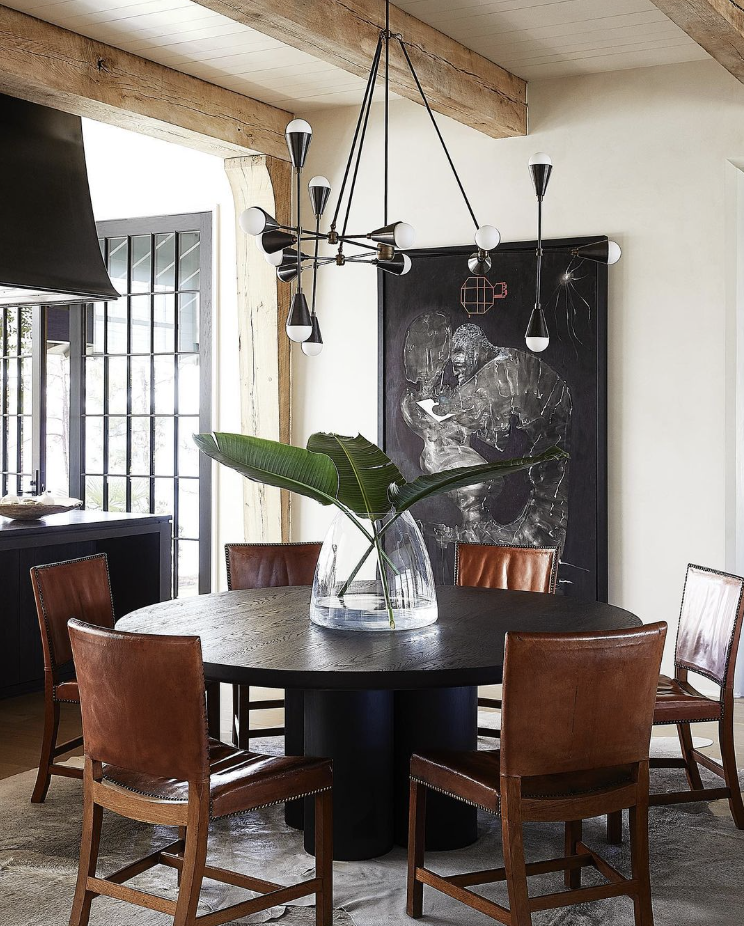
What would you consider your most significant learning experiences during your career?
"Travel more than anything. When a designer travels and immerses themself in a culture of design, you can't help but change. It moves the needle significantly. In Paris, for example, the shops and flea markets are always on the cutting-edge. You can see year to year how things change. And London, too. There is so much good design in London right now. Traveling is everything. If you only look at what is going on around you, you're so unlimited."
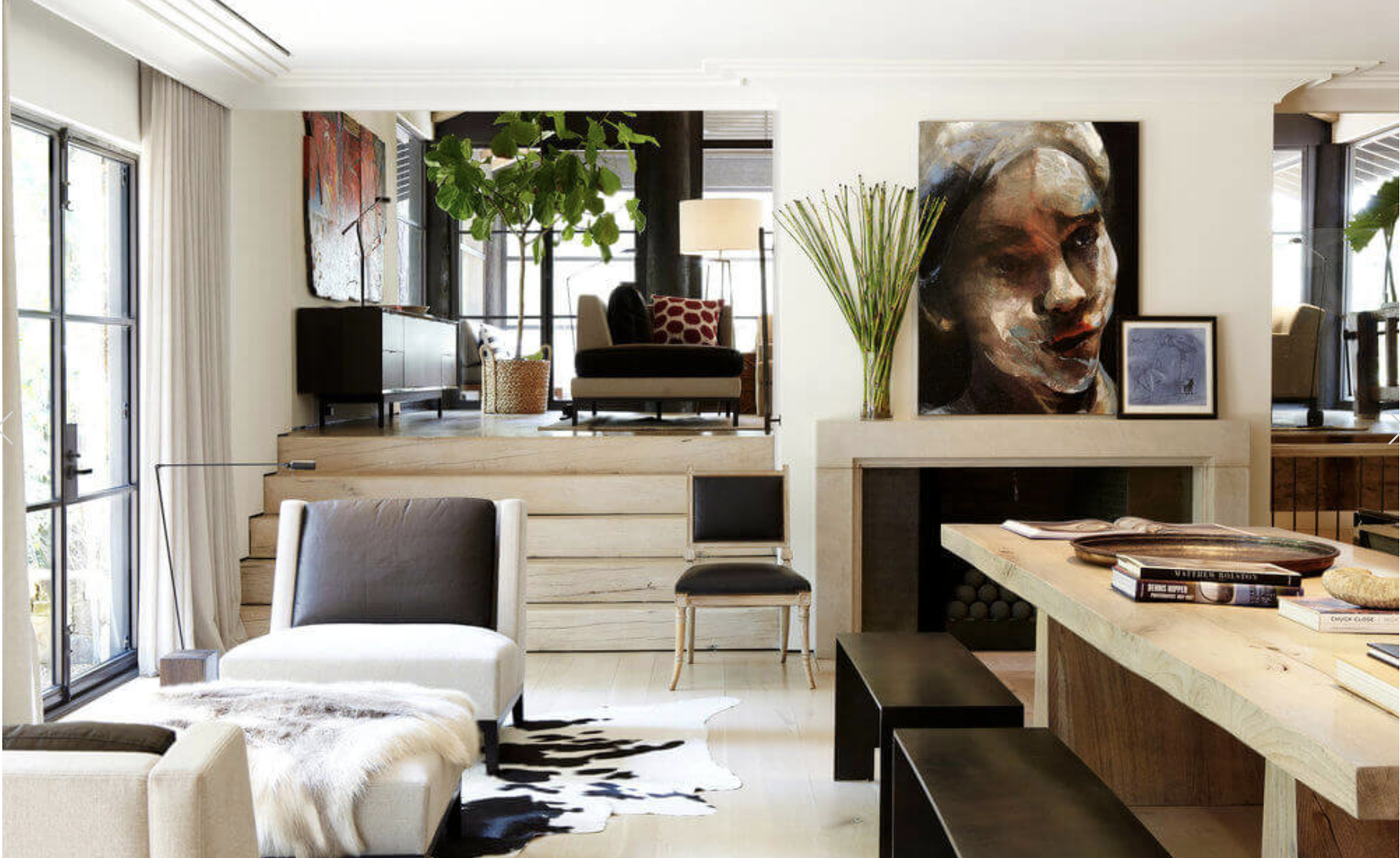
What or who inspires your current design style?
"I don't think there is any one thing. More than anything, it is just to keep absorbing work from as many different talented people and as many incredible historical monuments or hotels. My goal is to include layered collections for clients of pieces that come from a lot of different time periods. It adds depth to a room. Any good designer is probably looking at every influence they possibly can, and it all just sort of goes into the mix and kind of comes back out as your interpretation of these influences."
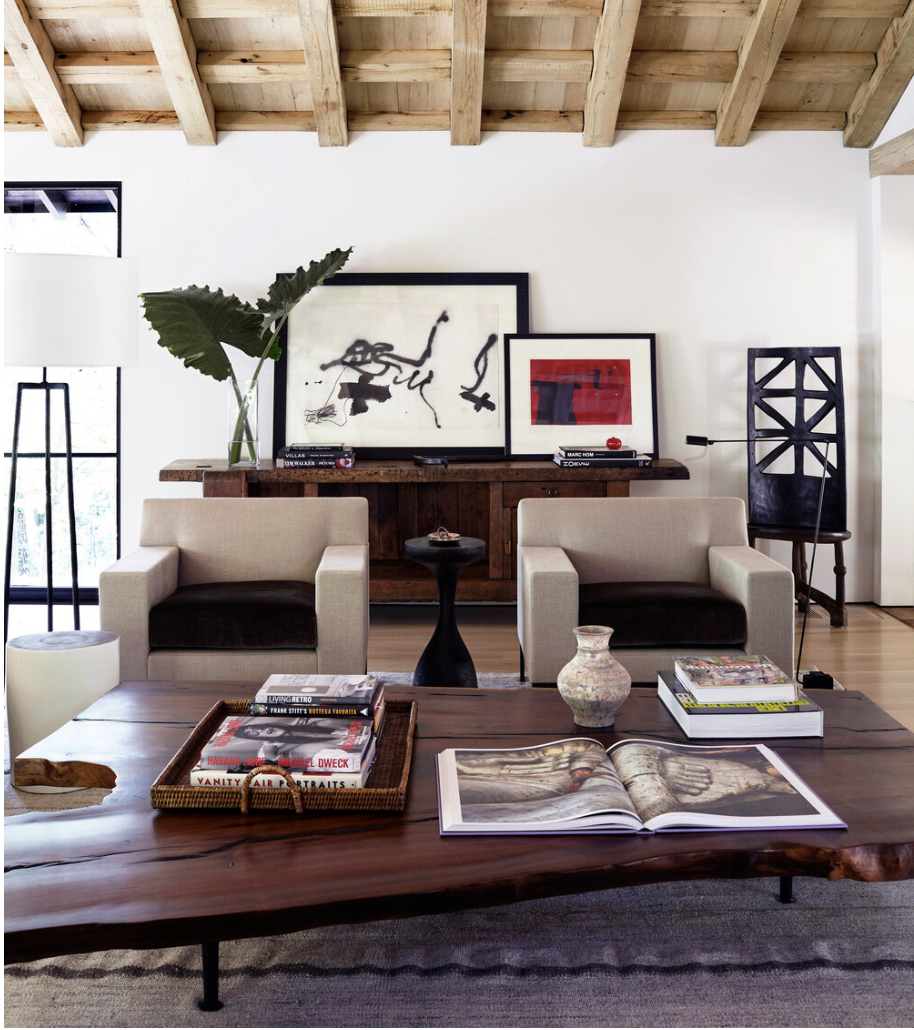
What do you consider your greatest success so far?
"The thing that feels the most successful to me is putting together teams of people who really enjoy their work. I love the people I work with, and I'm grateful for what they contribute. And when I see that they are excited about a trip we take or an installation that we do, it is really fun."
What is a unique design style or technique that you are often surprised by?
"When I was a child, mid-century was kind of cool, and as I got a little older, mid-century pieces kind of felt cheap. But now mid-century design is wonderful, and it doesn't really look like -The Jetsons. It's really warm, with patina oaks, and leathers, and the designs are amazing. -- It's fun to see something that felt uncomfortable start showing up and moving my own aesthetic sense in a certain direction. A lot of what you see that makes you the most uncomfortable at first- becomes more interesting to you. The things that are easy to accept, don't really last very long."
What is your advice for aspiring designers?
"Start where you want to finish. If you want to end up designing living rooms, work for someone who designs living rooms. It is really hard to switch courses mid-career, and the best thing is to find designers whose work you admire and who are doing the kind of work you want to do in 20 years and work for them."
Do you incorporate social media into your work?
"I think it's very important, but I have to be pushed to do it. I'm older and it doesn't come naturally to me to do it. But, it makes a huge difference because people can see what you do. Years ago, the philosophy was that they come to you with the look they want, and you were obligated to get it to them to the best of your ability. That has changed completely because people will seek out a designer who does the kind of work they want."
What is a dream project for you?
"Any project is a dream project if the client trusts us. It is very hard to work with people when a client can't let go enough for our intuition to build our project..... I don't care about the size of the project, but if the client can articulate what they want, and trust us to make it happen, that's a dream project. We can do really good work for them if they trust us."

